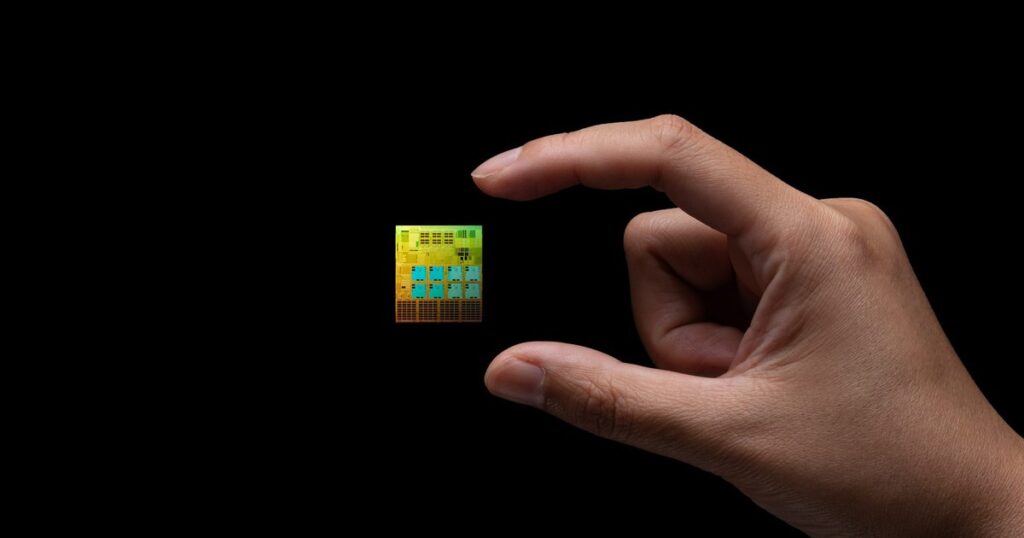The AI boom and its associated drag are propelling the stock market and the companies involved to record rallies, and Samsung is no exception, with profits expected to increase 15-fold.
On 5 July, Samsung announced that its operating profit for the April–June quarter is projected to be around 10.4trn won (US$7.45bn), a remarkable 1,452% increase from the 670bn won it achieved in 2023.
Samsung is also forecasting revenue between 73trn (US$52.7bn) and 75trn (US$54.1bn) won for the second quarter (Q2), an increase from its 2023 Q2 revenue of 60.01trn won (US$43bn).
This surge comes amidst a frenzied market for AI chips, driven by the rapid adoption of AI technologies across various industries, resulting in a significant increase in both demand and price.
AI chip leaders such as Nvidia are now collaborating with industry giants to incorporate AI capabilities into their operations. But the impact extends beyond this.
Supporting these AI chips are an array of memory chips that are essential for the functioning of AI capabilities.
Samsung’s chips
Despite the current focus on Nvidia, it is important to note that Samsung is the largest chip maker in the world.
Nvidia’s chips are tailored for data centers and AI workloads, especially for training and executing complex AI models. On the other hand, Samsung primarily focuses on high-bandwidth memory (HBM) and DRAM chips, along with some processors.


